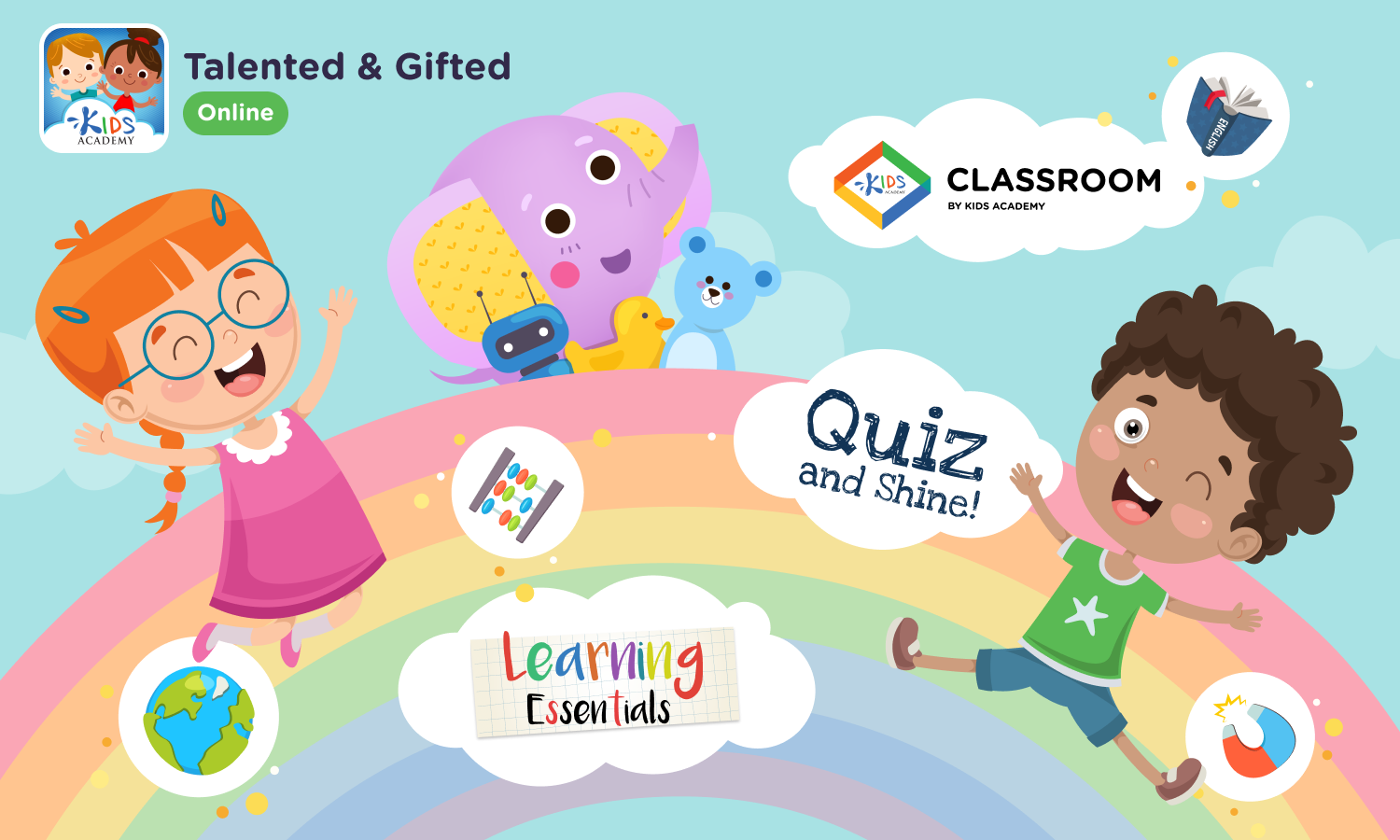Story sequencing Normal Reading Worksheets for Ages 3-5
6 filtered results
-
From - To
Discover our engaging Story Sequencing Normal Reading Worksheets designed specifically for children ages 3-5! These interactive resources help young learners develop essential reading comprehension and cognitive skills through fun storytelling exercises. Each worksheet encourages kids to arrange story events in the correct order, promoting critical thinking and creative recall. Our vibrant illustrations capture children's attention while making learning enjoyable. Perfect for both classroom and home use, these worksheets support early literacy development and nurture a love for reading. Explore our collection to foster your child’s storytelling abilities and enhance their understanding of narrative structure today!


“The Princess and the Pea” and “Cinderella” Worksheet
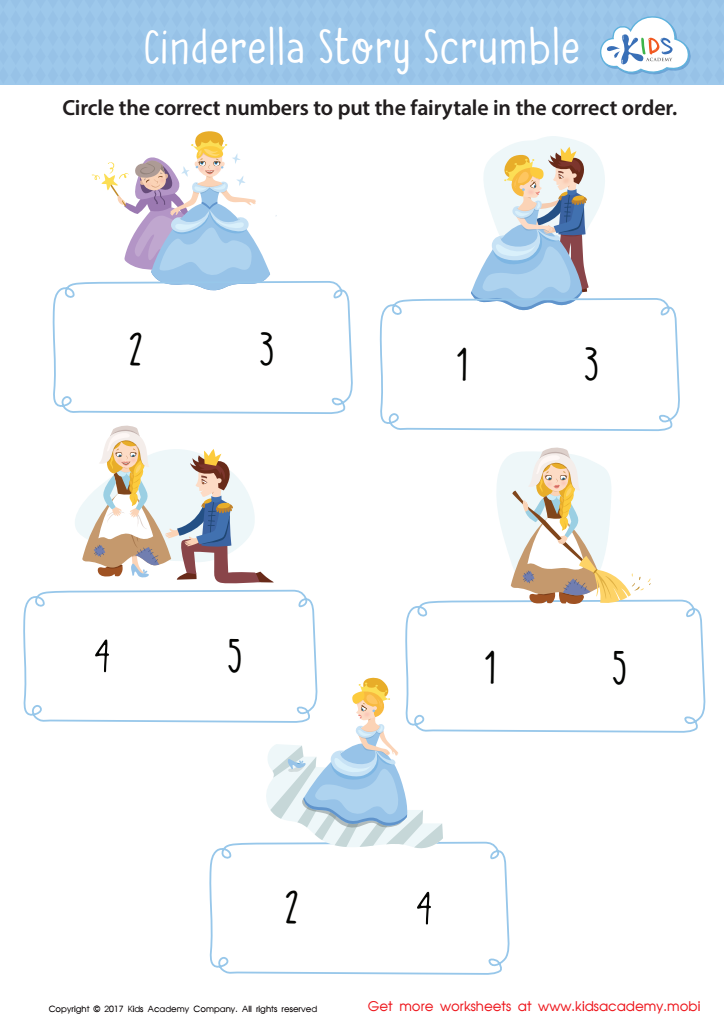

Cinderella Story Sequencing Worksheet
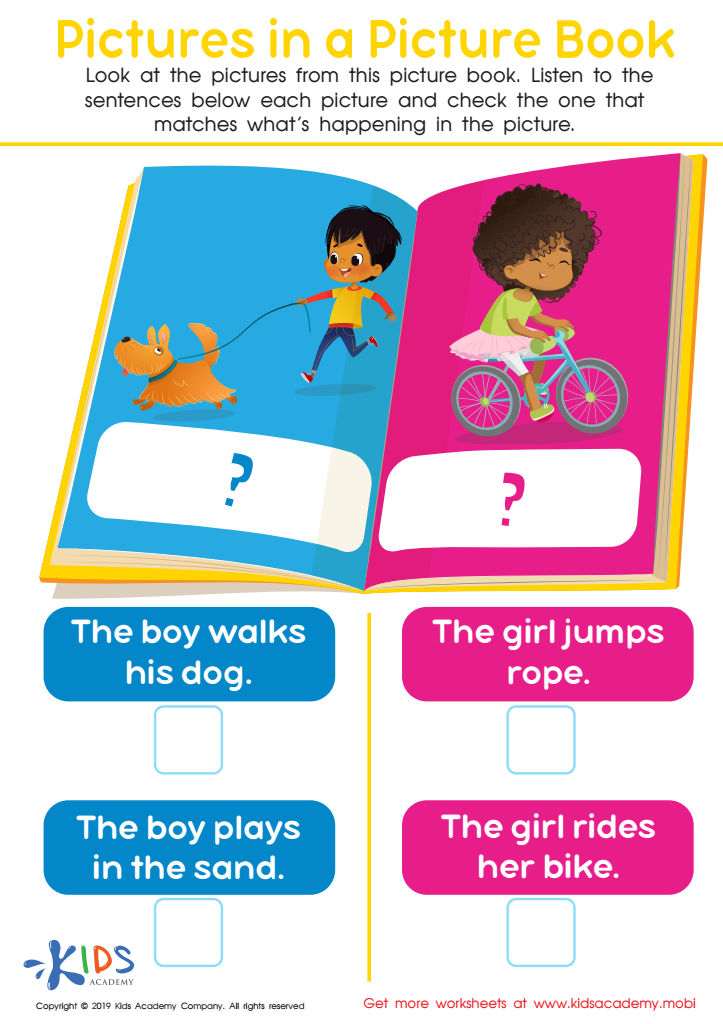

Picture in Books Worksheet
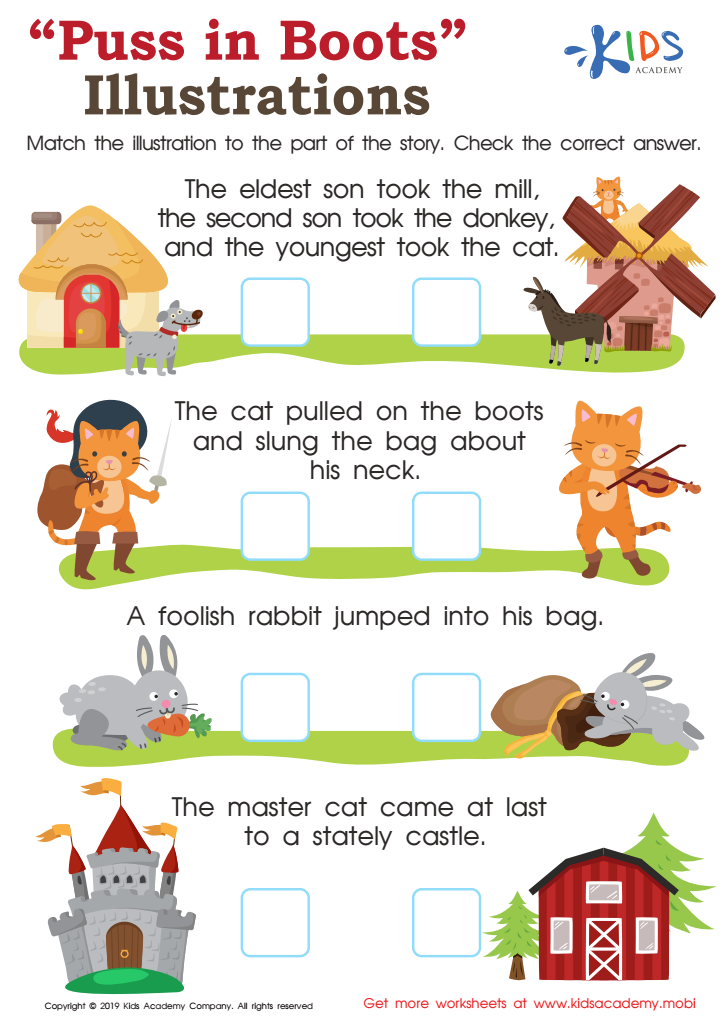

Puss in Boots Illustrations Worksheet
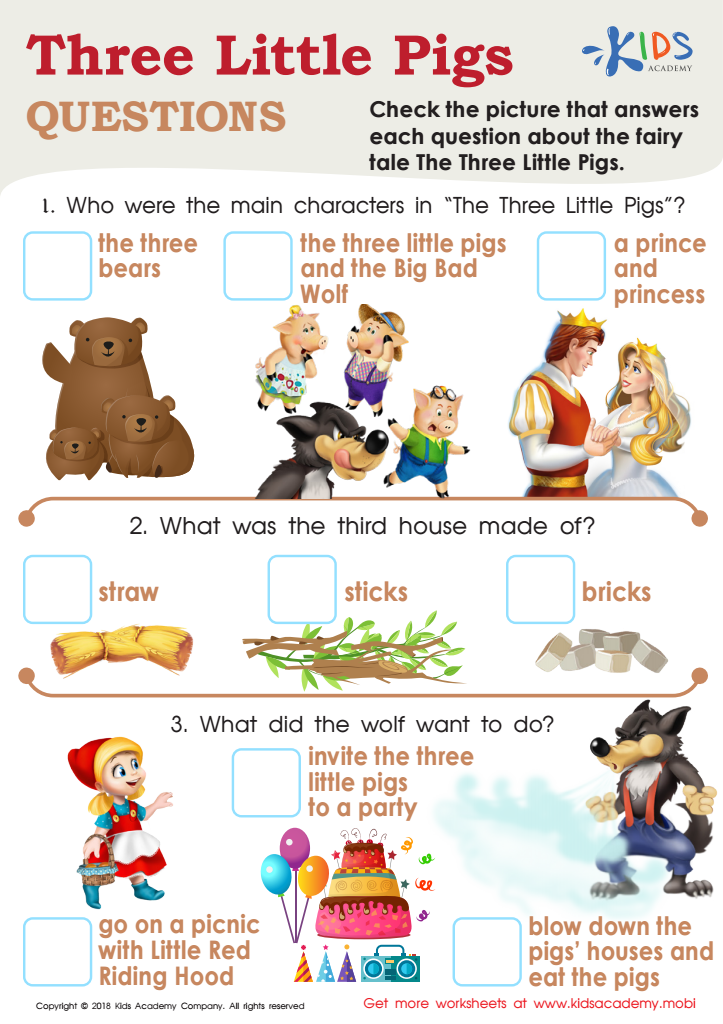

Three Little Pigs Questions Worksheet
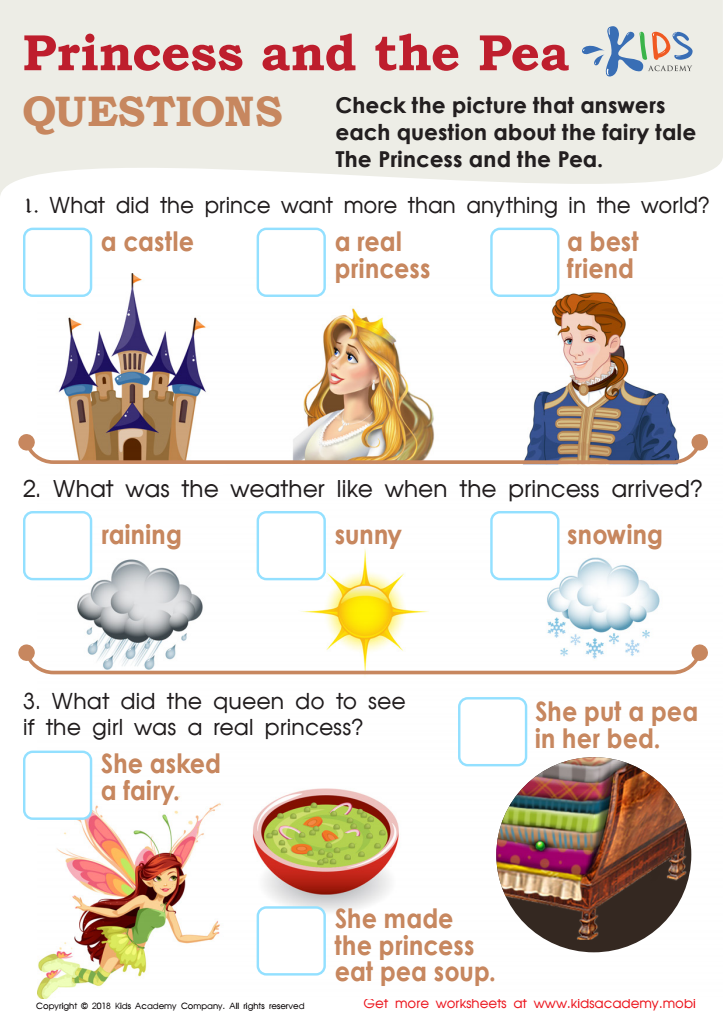

Princess and the Pea Questions Worksheet
Story sequencing is a crucial skill for children aged 3-5, and parents and teachers should prioritize it for several reasons. First, it enhances comprehension. When children learn to sequence a story, they better grasp the narrative flow, understanding the beginning, middle, and end. This cognitive skill helps them make connections between events, fostering critical thinking.
Additionally, story sequencing supports language development. As children describe sequences, they expand their vocabulary and improve their ability to construct sentences. This has lasting benefits for their overall communication skills.
Sequencing also encourages creativity. When kids retell stories in order, they engage their imaginations, helping them create their own narratives. This creativity is essential for problem-solving and innovative thinking as they grow.
Moreover, mastering sequencing boosts confidence in literacy. A strong foundation in understanding story structure prepares children for more complex reading tasks later on, making them more enthusiastic about engaging with books.
Ultimately, encouraging story sequencing through playful activities like drawing pictures, using story cards, or retelling familiar tales makes literacy enjoyable. By nurturing this skill, parents and teachers equip children with vital tools that facilitate lifelong learning and a love for reading.

 Assign to My Students
Assign to My Students





.jpg)
